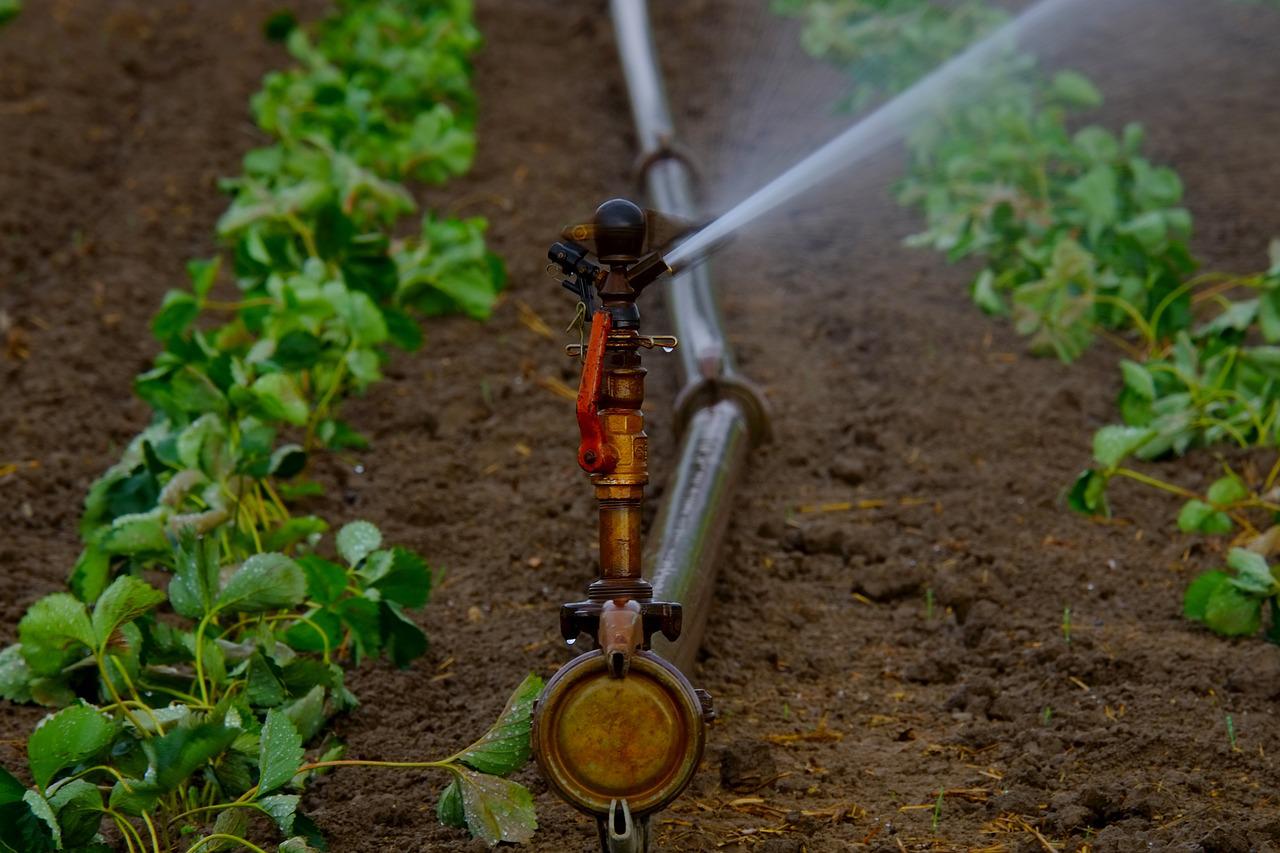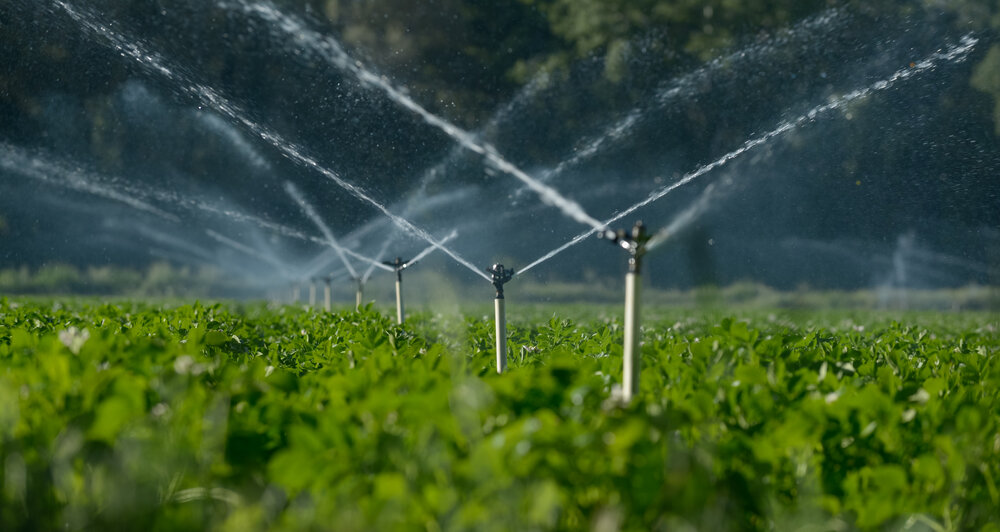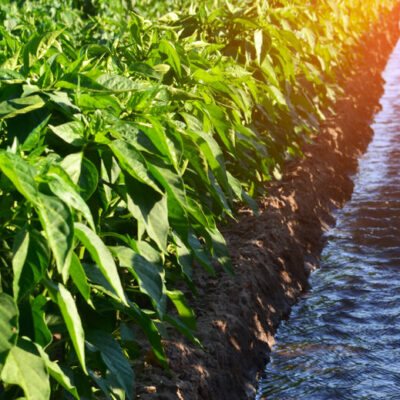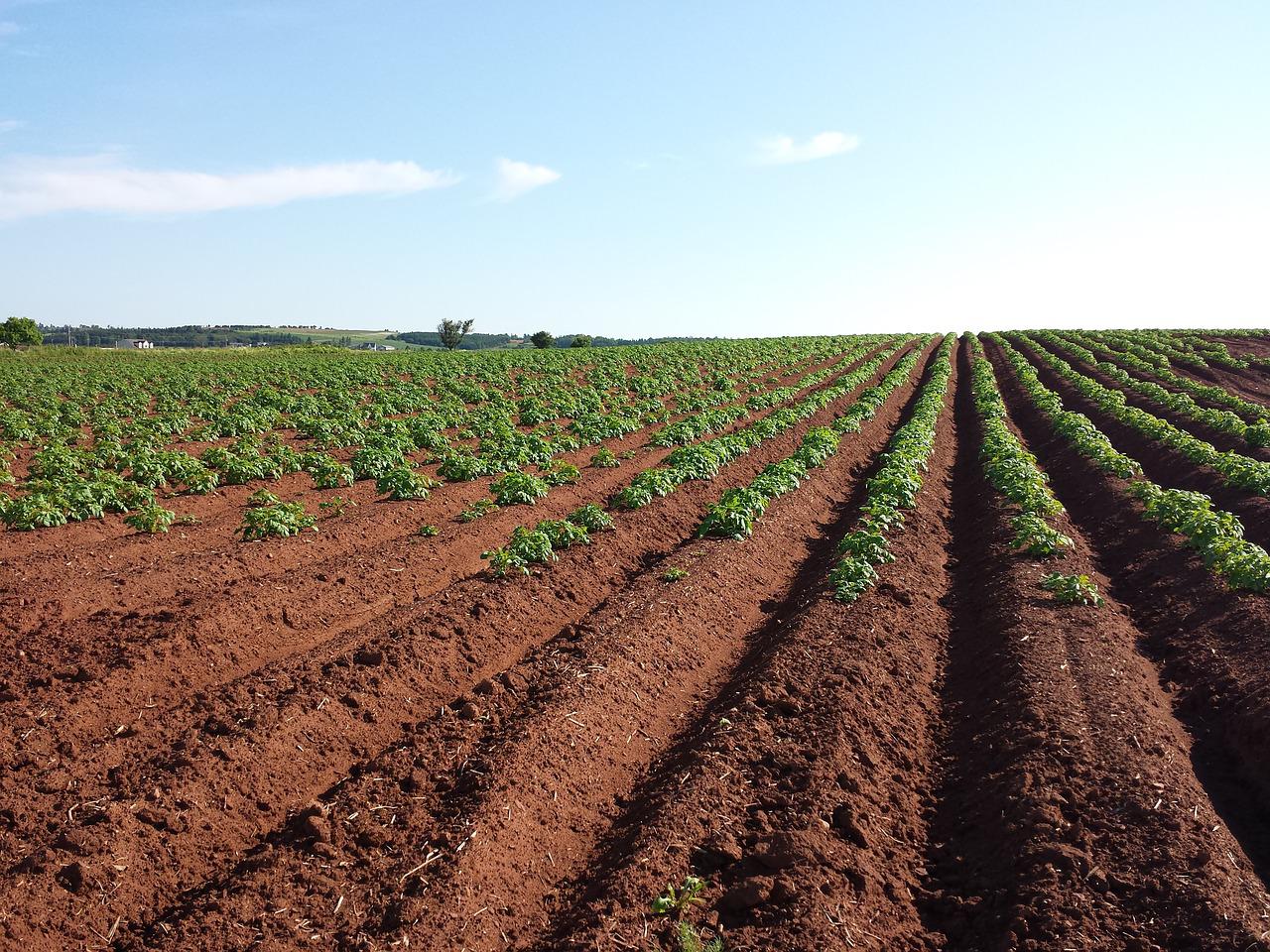Watering your lawn or plant beds can be problematic when the water pressure of the sprinkler system is too low. If this is a problem you experience, this blog is for you. In it, we will explain why the pressure is low and offer you a few ways you can remedy the problem.
A Potted History of Water Sprinkler Development
Lawn sprinklers have been around for longer than you think. The first design was patented back in 1871 by a Mr J Lesser – a resident of Buffalo, New York, USA. Sixteen years later, in 1897. along came Mr J H Smith, who took Lesser's basic design, improved upon it, and then patented the first rotary lawn sprinkler
But it wasn’t until 1933 that water sprinkler-driven irrigation became a practical reality for the agricultural industry.
A fruit farmer named Orton Engelhardt from Glendora, California invented the impact sprinkler. This new type of sprinkler was capable of distributing a greater volume of water over a wide area of land. It changed the face of large-scale agriculture and is still in use today.
Water Pressure Explained?
Water pressure is the thing that forces the water through pipes. It determines the flow of water from your taps when you open them fully. Many people think that water pressure and water flow are one and the same thing. They are not. They are two different things.
Whereas water pressure is measured in PSI or Bar, the unit for water flow is GPM – Gallons per Minute. It is used to indicate the volume of water that comes out of a tap in a specific time window. Water pressure, on the other hand, measures the pressure at the tap.
Measuring Water Pressure
Confusion is caused by the fact that many explanations for measuring water pressure are couched in terms of water flow, as per this article. It explains that the ideal water pressure per home should be either between 10 and 15 litres of water per minute or 60 PSI.
Things that Affect Water Pressure in the Home
The water pressure in your home can be affected by several things. One is how high your local reservoir is above your property. Another is the height of ground level on which your house is built. The third thing that has a bearing is how many people are using the water at any one point in time.
The reason that height makes a difference is due to gravity. The UK water industry’s guaranteed standards scheme (GSS) states the average GSS per property should be a water supply of seven metres static head. Static head refers to the pressure resulting from a column of liquid when under gravity.

The Problem of Low Water Pressure for the Home Gardener
On the home gardening front, a water sprinkler system is a hugely useful piece of equipment. It drastically lessens the amount of time it would otherwise take to water your lawn and plants. A sprinkler system also means that you can dramatically lessen the amount of water required to keep your garden and its plants healthy and well irrigated.
However, if the water pressure at the point of delivery to your sprinkler system is too low, your lawn and your plants may not be getting the right amount of water they need to flourish.
Getting the pressure right for your sprinkler system is important. But you can have too high a pressure as well as too low. Neither is good. So, let's take a quick look at the ways you can go about getting it right.
Signs Your Sprinkler System Water Pressure Isn’t Right
These are the tell-tale signs you need to be aware of. They include:
- The water doesn’t flow as well as it should.
- The jets of water aren’t reaching as far as they should
- The jets of water are extending beyond the target zone.
- Water comes out too forcefully and can even cause the sprinklers to move from where they’ve been positioned.
- Pop-up sprinklers don’t pop up.
- Pop-up sprinklers don't rise to their full height.
- Water pools on the surface after irrigation stops.
- Water isn’t being sprinkled uniformly.
If you spot any of these signs, the first thing you should do is check the pressure at the tap. But before you do, check:
- There are no leaks in the pipes
- The hose or pipe isn’t blocked
- You're not splitting the supply too many times before the water reaches the sprinkler.
- You’re not running the hose or pipes uphill
Testing Water Pressure at the Tap
You can test the PSI (Pounds per Square Inch) or bar water pressure easily and simply. All you need is a pressure tester. Screw the tester in place, turn the tap full on and take a reading.
If you’ve carried out all the checks mentioned above and the water pressure test reveals the pressure is fine, the problem is likely to be the sprinkler itself. First, check the hose.
One simple way of increasing the amount of water reaching the sprinkler is to use a larger hose. Most domestic hoses only have a 5/8" inside diameter. You can buy hoses with a ¾" internal diameter, and this will allow more water through.
Adjust the Sprinkler Head
If your sprinkler head is adjustable, you can increase the flow of water by turning the head counter clockwise.
Clogged Sprinkler Heads
If your sprinkler head hasn't been cleaned for several months, it can get clogged up by dirt. If this happens, it will reduce the pressure in the system. If it is just dirt that is clogging it up, it can be cleaned by hosing it down with water,
If mineral deposits have built up, you can use a mixture of baking soda, vinegar and water as a cleaning agent. You can also clean the head with a soft wire brush to get rid of any contaminants.
Also, periodically you should check the sprinkler head(s) for damage. If damage has occurred, you will have to buy a replacement(s).
Increasing Water Pressure by Installing a Booster Pump
If you've carried out of the remedies discussed above and you still have low pressure, your best bet is to install a booster pump. You can find out more about booster pumps on the Goodgardn website.


